BMW E90 135i Rear Axle Upgrade: e90 135i rear hub spline count outer shaft Explained
The e90 135i rear hub spline count outer shaft is a remarkable vehicle, known for its sporty handling and powerful performance. When considering upgrades, particularly to the rear axle system, understanding the specifications and components involved is crucial. This article delves into the importance of the outer shaft spline count, a vital specification that affects compatibility and overall performance. By grasping these details, enthusiasts can make informed choices to enhance their BMW 135i’s capabilities.
Understanding the e90 135i rear hub spline count outer shaft System
The BMW E90 chassis serves as the sedan variant of the renowned 3 Series, produced from 2006 to 2013. This rear-wheel-drive layout not only enhances the vehicle’s balanced handling but also solidifies its status as a performance-oriented option. The e90 135i rear hub spline count outer shaft system plays a pivotal role in the vehicle’s dynamics, enabling efficient power transfer from the differential to the wheels. For the 135i, equipped with a robust inline-six engine, the rear axle assembly is designed to withstand higher torque loads, making it an ideal candidate for performance upgrades.
Overview of the BMW E90 Chassis
This chassis is recognized for its engineering excellence, which provides a solid foundation for modifications. The E90 135i, in particular, is compatible with various models, enhancing its versatility. The e90 135i rear hub spline count outer shaft system is vital for maintaining stability during acceleration and cornering, ensuring that drivers can experience the full potential of their vehicle’s performance. As a result, understanding the components and their interactions allows for better-informed decisions regarding upgrades and enhancements.
Importance of the e90 135i rear hub spline count outer shaft Assembly
The e90 135i rear hub spline count outer shaft assembly serves as the backbone of the BMW E90 135i’s performance, connecting the differential to the wheels to facilitate effective power delivery. In performance applications, the need for a robust axle system becomes evident, as it directly influences the vehicle’s handling dynamics, cornering stability, and traction. Upgrading critical components, such as the outer shaft and hubs, can significantly elevate the driving experience, especially for enthusiasts aiming to boost power output or improve overall handling characteristics.
Key Components of the e90 135i rear hub spline count outer shaft
Understanding the key components of the rear axle assembly is essential for any potential upgrade. This assembly includes the differential, axle shafts, hubs, and knuckles, each playing a critical role in power distribution and performance. The differential is responsible for distributing power from the engine to the wheels, while the axles transfer this power effectively. The rear hub connects the axles to the wheels, and the knuckles support the wheel bearings and braking components. For the E90 135i, a notable feature is the 30-spline hub, specifically designed to handle the higher torque loads compared to the 28-spline hubs found in lower models like the 325i and 328i, making it a prime consideration for upgrades.
Outer e90 135i rear hub spline count outer shaft: What You Need to Know
Defining Spline Count and Its Importance
Spline count refers to the number of grooves or teeth present on the outer shaft of the axle that engage with the corresponding rear hub. This count plays a crucial role in determining compatibility between the axle and the hub assembly. In the case of the e90 135i rear hub spline count outer shaft, the outer shaft typically features a 30-spline configuration, designed to support higher torque and performance capabilities. Upgrading to a higher spline count can significantly enhance the strength and durability of the drivetrain, particularly for modified vehicles or those subjected to high-performance driving conditions, making it an important consideration for any enthusiast.
Comparison of Spline Counts in Different Models
In the BMW E90 lineup, different models exhibit varying spline counts, which is essential to consider when planning upgrades or replacements. For instance, the 325i and 328i models are equipped with 28-spline hubs, suitable for lighter applications, while the 335i and 135i models utilize a robust 30-spline hub. This difference is significant, as a 28-spline hub cannot be directly swapped with a 30-spline hub without replacing the knuckle assembly due to differing wheel bearing sizes. Understanding these distinctions ensures that modifications are compatible and perform optimally within the BMW chassis.
Impact of e90 135i rear hub spline count outer shaft on Performance
The e90 135i rear hub spline count outer shaft count has a direct impact on the overall performance and reliability of the rear axle assembly. A higher spline count, such as the 30-spline configuration found in the BMW 135i, allows for greater engagement between the axle and hub, translating to improved power transfer and reduced wear. This is especially vital for vehicles that experience heavy loads or aggressive driving styles, where enhanced strength is required. Additionally, upgrading to a higher spline count permits the use of aftermarket components designed for superior performance, making it a favored choice among automotive enthusiasts seeking to enhance their vehicle’s capabilities.
Upgrading the e90 135i rear hub spline count outer shaft: A Step-by-Step Guide
Selecting Upgraded Components for the 135i
When upgrading the rear axle of the BMW E90 135i, selecting the right components is crucial. Options include aftermarket axles, hubs, and knuckles designed to handle higher torque and performance demands. It’s essential to choose components that are compatible with the existing drivetrain and intended use of the vehicle. For instance, many enthusiasts opt for 30-spline hubs and axles to maximize performance and durability, especially when modifying the engine or adding performance enhancements. Additionally, considering the overall geometry and alignment of the rear suspension is vital to ensure proper fitment and handling characteristics.
Installation Process of the New Axle Assembly
The installation process for a new rear axle assembly in the E90 135i involves several steps. First, the vehicle should be securely lifted and supported to access the rear axle. The old axle assembly must be removed, which includes disconnecting the differential and removing the existing axles and hubs. Once the old components are out, the new upgraded axles and hubs can be installed. It’s crucial to ensure that all connections are secure and that the axle is properly aligned with the differential. After installation, the vehicle should undergo a thorough inspection and alignment check to ensure optimal performance.
Post-Upgrade Testing and Adjustments
After upgrading the e90 135i rear hub spline count outer shaft axle assembly, conducting thorough testing is essential to ensure everything functions correctly. This includes taking the vehicle for a test drive to assess handling, traction, and overall performance. Any unusual noises or vibrations should be addressed immediately, as they may indicate improper installation or component failure. Additionally, adjustments may be necessary to the suspension settings or alignment to optimize performance and ensure the best driving experience. Regular checks and maintenance following the upgrade can help prolong the lifespan of the new components.
Common Issues with e90 135i rear hub spline count outer shaft
Symptoms of a Failing Rear Axle
Common symptoms of a failing rear axle in the e90 135i rear hub spline count outer shaft include unusual noises such as clunking, grinding, or clicking sounds during acceleration or turning. Drivers may also notice a decrease in traction, particularly during hard launches or cornering. Additionally, excessive vibrations felt through the vehicle can indicate issues with the axle or associated components. If any of these symptoms occur, it is crucial to inspect the e90 135i rear hub spline count outer shaft assembly promptly to prevent further damage and ensure safety.
How to Diagnose Spline Count Problems
Diagnosing spline count problems involves inspecting the axle and hub assembly for signs of wear or damage. If a vehicle has been experiencing performance issues or unusual noises, checking the spline engagement is essential. This can be done by removing the axle and visually inspecting the splines for wear or stripping. Additionally, verifying that the correct spline count is being used for the specific model is vital, as mismatched components can lead to significant performance issues and potential failure.
Solutions for Common Rear Axle Problems
Solutions for common rear axle problems in the E90 135i typically involve replacing worn or damaged components. If the spline engagement is compromised, upgrading to a higher spline count axle and hub assembly can provide a more robust solution. Regular maintenance, including lubrication and inspection of the axle and associated components, can help prevent issues before they arise. For severe cases, consulting with a professional mechanic or specialist familiar with BMW performance upgrades is recommended to ensure proper diagnosis and repair.
BMW e90 135i rear hub spline count outer shaft vs. Other Models: A Comparative Analysis
Differences Between 135i and 335i Rear Axles
The rear axles of the BMW 135i and 335i exhibit notable differences, particularly in spline count and intended performance. The 135i typically features a 30-spline configuration, designed to handle higher torque levels associated with its more powerful engine. In contrast, the 335i also shares the same spline count but may have additional performance enhancements in its axle assembly due to its larger size and weight. Both models benefit from robust designs, but the choice of components can vary based on the intended use, such as daily driving versus competitive racing.
How the 328i and M3 Compare to the 135i
The 328i and M3 models differ significantly from the 135i in terms of rear axle design and performance capabilities. The 328i utilizes a 28-spline hub, which limits its torque handling compared to the 30-spline hub found in the 135i. The M3, on the other hand, features a performance-oriented axle assembly designed for high-stress applications, often incorporating additional reinforcements and upgraded components. While the 135i offers a balance of performance and practicality, the M3 is tailored for enthusiasts seeking maximum performance on the track.
Performance Considerations Across the 3 Series Models
When considering performance across the BMW 3 Series models, the choice of rear axle components plays a critical role. Models like the 135i and 335i, with their 30-spline hubs, are better suited for high-performance applications due to their ability to handle increased torque. In contrast, the 328i, with its 28-spline design, may be more appropriate for everyday driving but can limit performance upgrades. Understanding these differences is essential for enthusiasts looking to modify their vehicles for improved performance and handling.
Maintaining Your BMW E90 135i Rear Axle
Regular Maintenance Tips for Longevity
To ensure the longevity of the e90 135i rear hub spline count outer shaft, regular maintenance is essential. This includes periodic inspections of the axle and hub for signs of wear, such as cracks or excessive play. Keeping the components clean and properly lubricated can help prevent premature wear and failure. Additionally, checking the alignment and suspension settings can prevent undue stress on the axle during operation. Regular maintenance intervals should be adhered to, especially after aggressive driving or modifications, to maintain optimal performance.
When to Seek Professional Help
It is advisable to seek professional help when diagnosing or repairing rear axle issues in the E90 135i if you are not experienced with automotive repairs. Signs of severe wear, such as clunking noises or significant vibrations, should prompt immediate inspection by a qualified mechanic. Additionally, if you are considering significant upgrades or modifications to the rear axle assembly, consulting with a specialist can ensure that the components chosen are compatible and suitable for your performance goals, ultimately enhancing your vehicle’s capabilities.
DIY Maintenance Checks for Enthusiasts
Enthusiasts can perform several DIY maintenance checks on their e90 135i rear hub spline count outer shaft to ensure optimal performance. Regularly inspecting the axle and hub for signs of wear or damage can help catch issues early. Checking the spline engagement for proper fitment and ensuring that all bolts and connections are secure is also important. Additionally, enthusiasts can perform lubrication checks and replace any worn components as needed. Utilizing a service manual can guide the process and ensure that all necessary checks are completed for the best results.
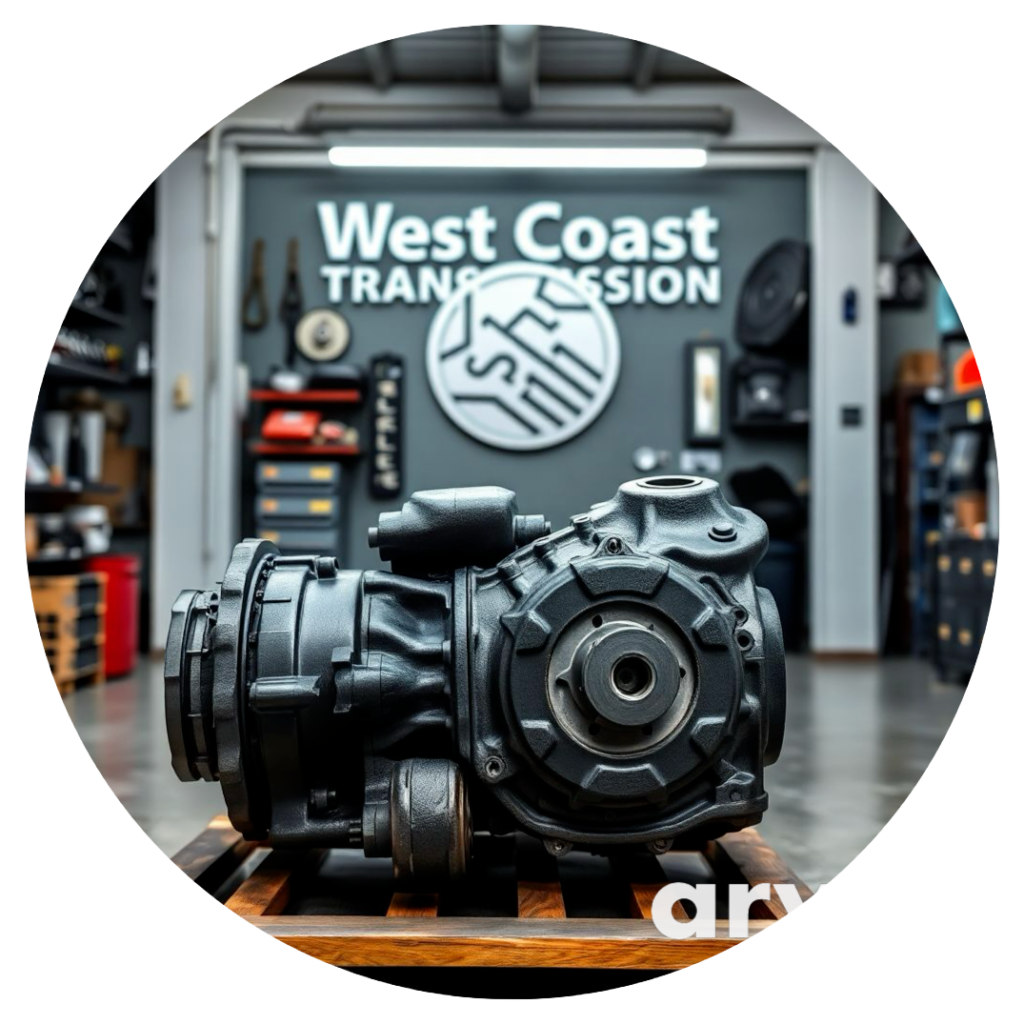


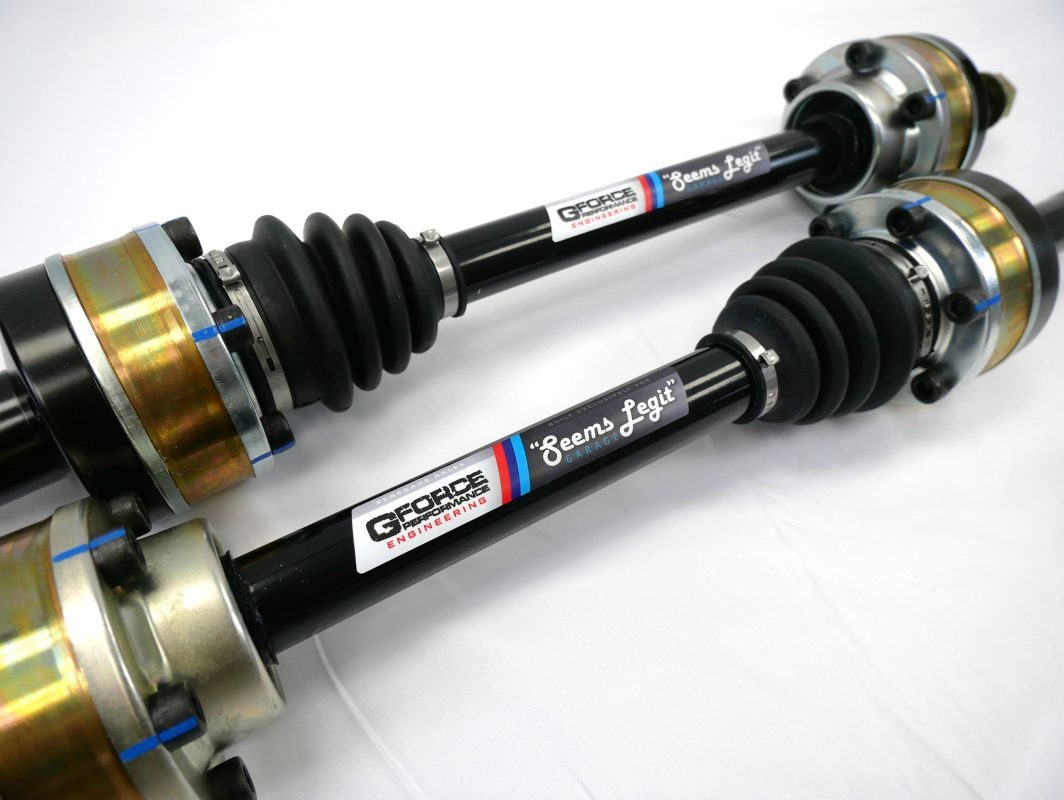
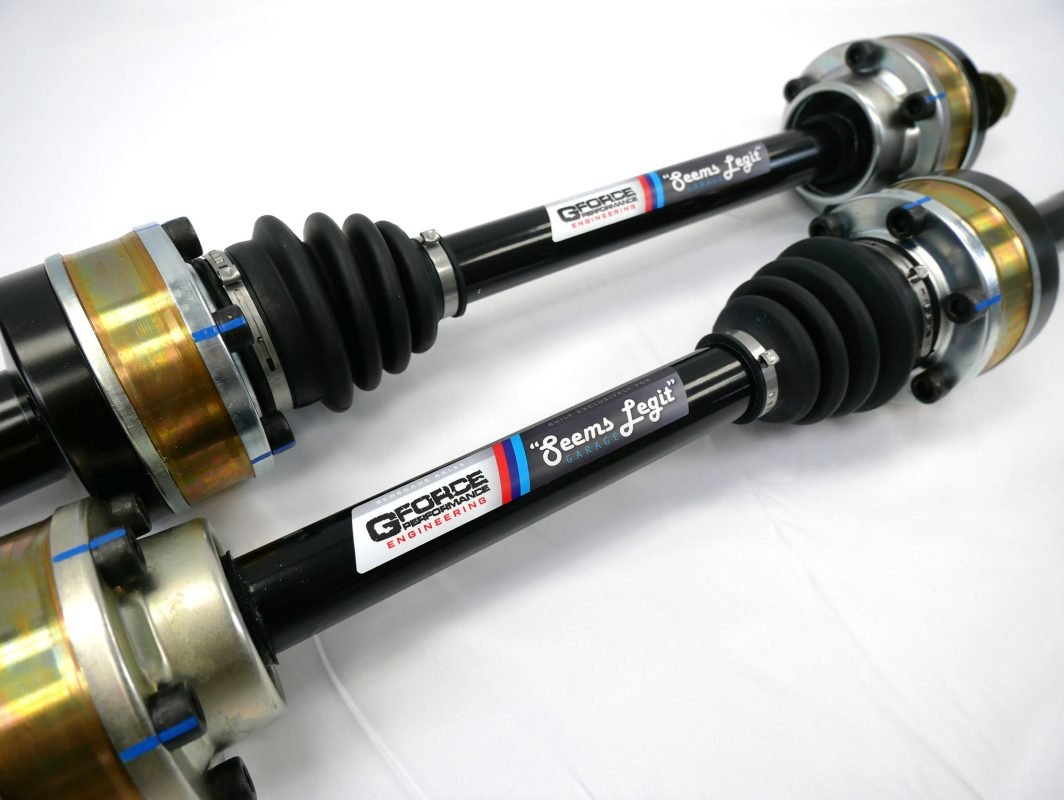



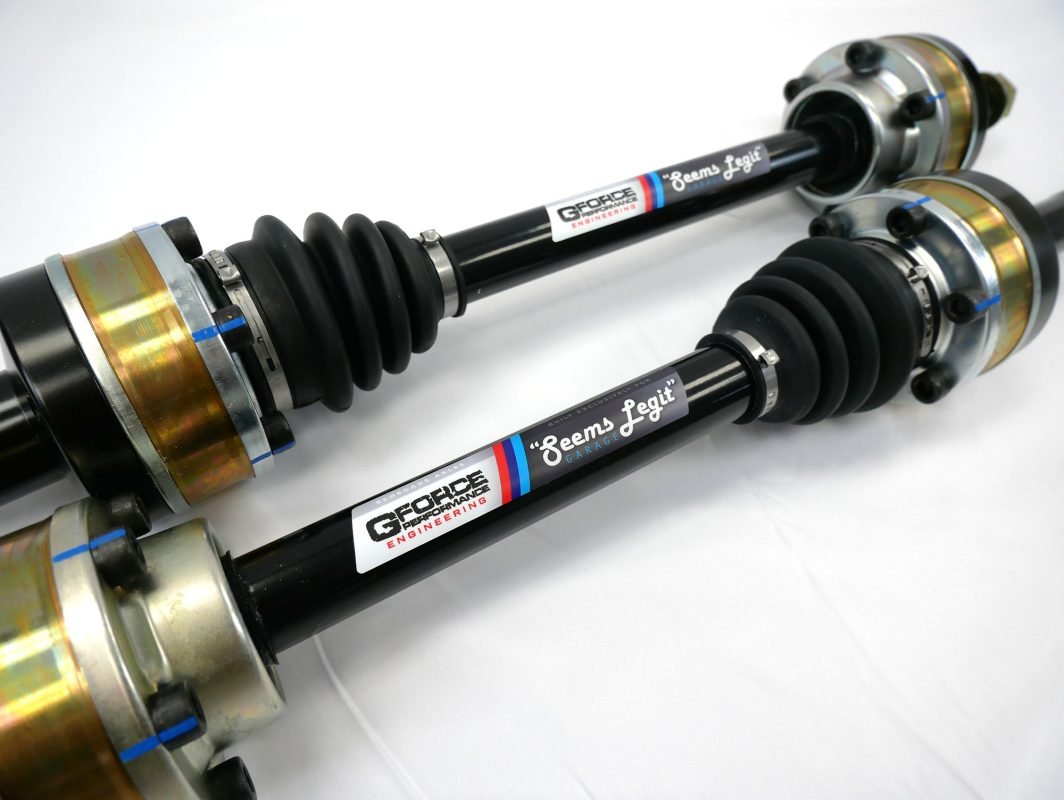
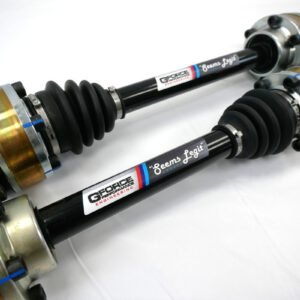
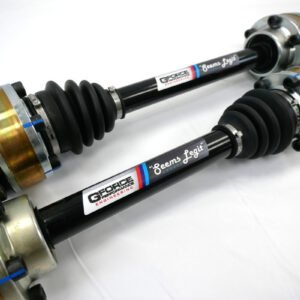
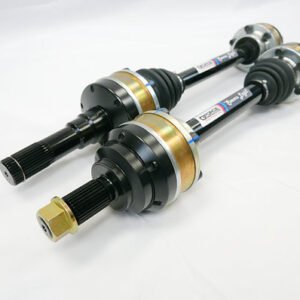
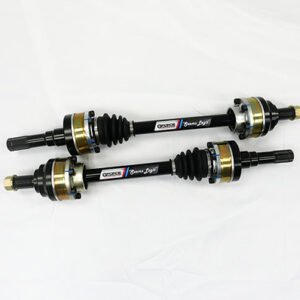

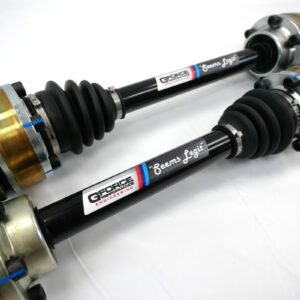
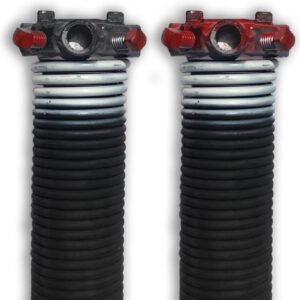


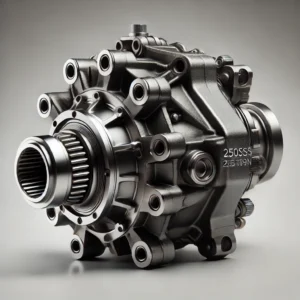
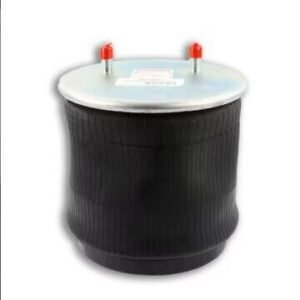
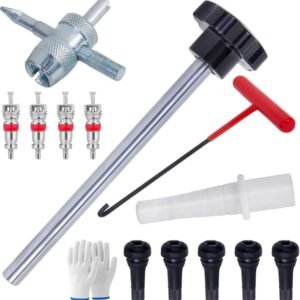



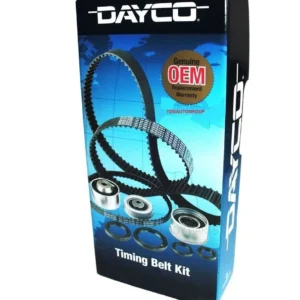
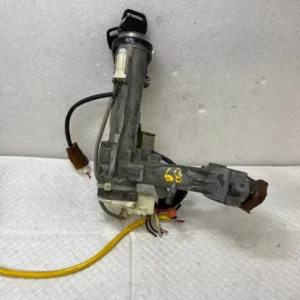


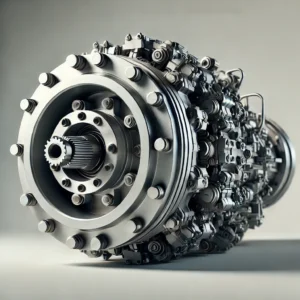
Reviews
There are no reviews yet.